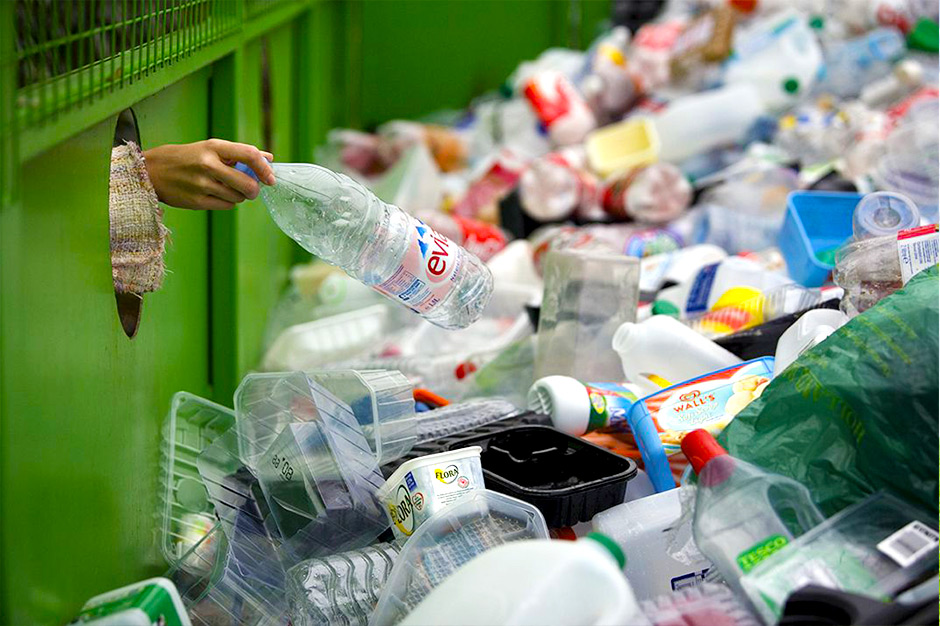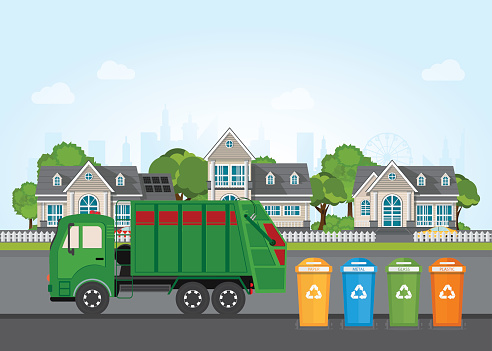Different approaches to garbage management
different approaches to garbage management
The term “waste” refers to a wide range of items and disposal methods. Determining which trash should be recycled, which should go in a landfill, and how to handle hazardous trash can be challenging. The rubbish can be disposed of in a variety of ways. Things can still be disposed of in a variety of ways, which a company should know how to do.
Strong Waste
Recycling entails repurposing or recovering items that would otherwise be discarded. Energy conversion, bio reprocessed, and physical reprocessing are the three types of recycling. Recycling helps programes that pursue zero waste and environmental targets and reduces the amount of waste that must be dumped in landfills, which is good for the environment. Here are some examples of recyclable solid waste. Energy-related and recycling. The final recycling technology type is waste-to-energy recovery. The garbage that cannot be recycled is transformed through a number of steps into fuel, electricity, or heat in the waste-to-energy (WTE) process.
Typical waste
Trash that isn’t hazardous, offensive, polluted, or recyclable is referred to as general rubbish. Most of it is collected by local authorities or commercial enterprises, and the majority of it is dumped in landfills. At the national level, there is a plan in place to reduce the volume of waste put in landfills. This is accomplished by recycling, reusing, and educating people about the advantages of recycling. Always dispose of waste sensibly and correctly. Until it is picked up, garbage is placed in black, wheeled bins or skips. Throwing out harmful items in the usual trash is against the law.

Waste Flows
Liquid waste is a common issue in both homes and companies. This trash includes of rainfall, unclean water, bodily fluids, and water used for dishwashing and laundry.
You should be aware that liquid waste might come from a single source or multiple sources at once. Point source waste refers to all liquid waste produced by manufacturers. Non-point source waste, on the other hand, is a naturally occurring liquid waste.
Plant-Related Waste
Additionally, as materials like plant, food scraps, and paper decompose, organic matter can be produced. By recycling, organic material is created that can be applied to a variety of industries, including agriculture. Frequently, waste is placed in a specific container and left there until it decomposes.
Hazardous Garbage
Poisonous, corrosive, or hazardous waste is waste that can catch fire. These objects must be properly disposed of since they may be dangerous to people and the environment. Therefore, you should always work with a reputable waste disposal firm if you want to safely dispose of possibly toxic items.
Recycling
Only a small fraction of hazardous waste could be used to create new items. Lead-acid batteries and circuit boards, for instance, can adhere to other pollution and then used as road filler. Chemical in the environment are reduced when hazardous wastes are transformed into new goods.
Burning and Destroying
Burning or destroying hazardous waste is another method of getting rid of it. Burning the waste reduces the amount of hazardous waste while also producing energy for usage.
Pyrolysis
Pyrolysis may be done at high temperatures and in an inert environment, making it a fantastic method for getting rid of hazardous compounds. Because it avoids the risks of burning PCBs, organic waste, and pesticides, this method is preferable than burning.
